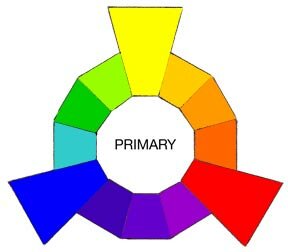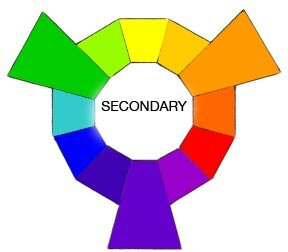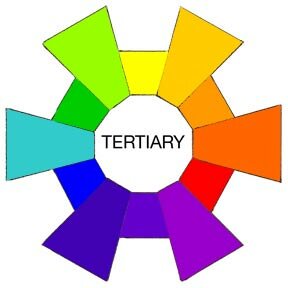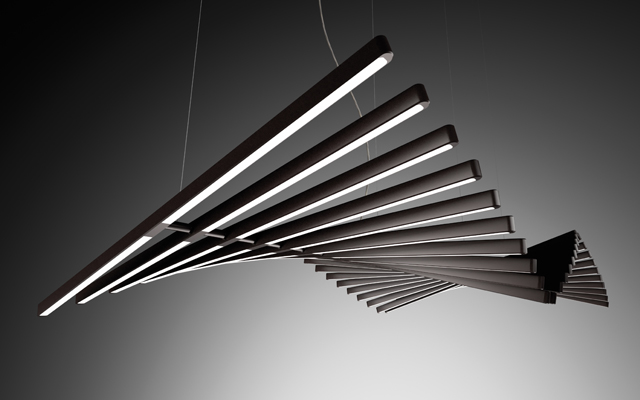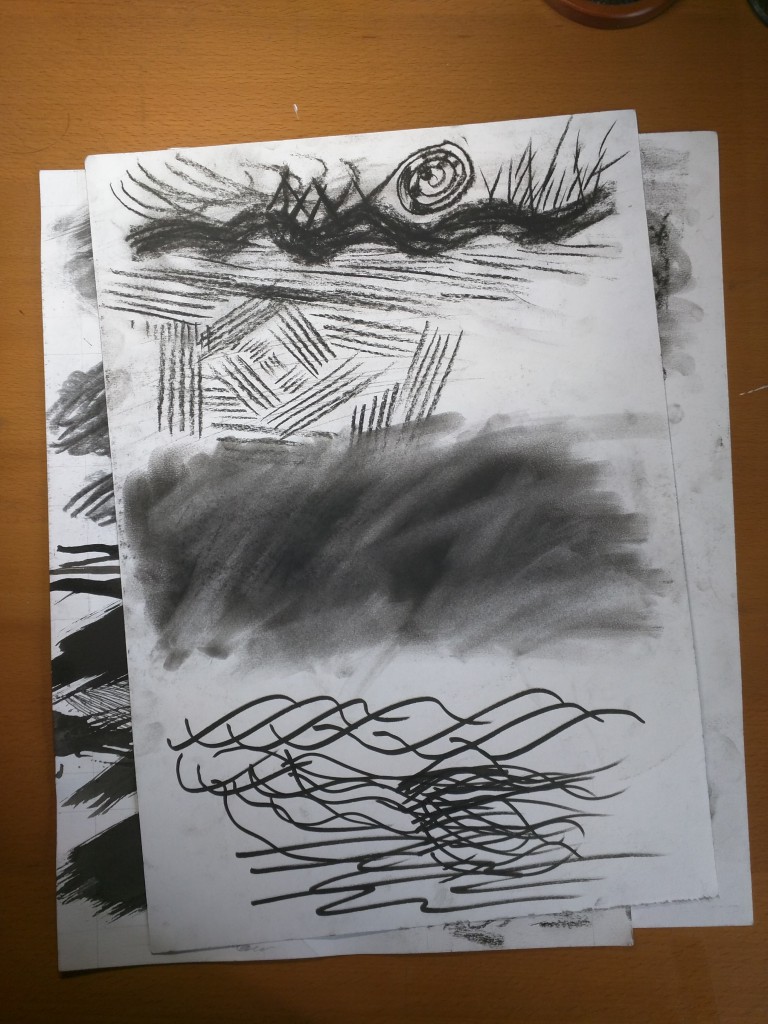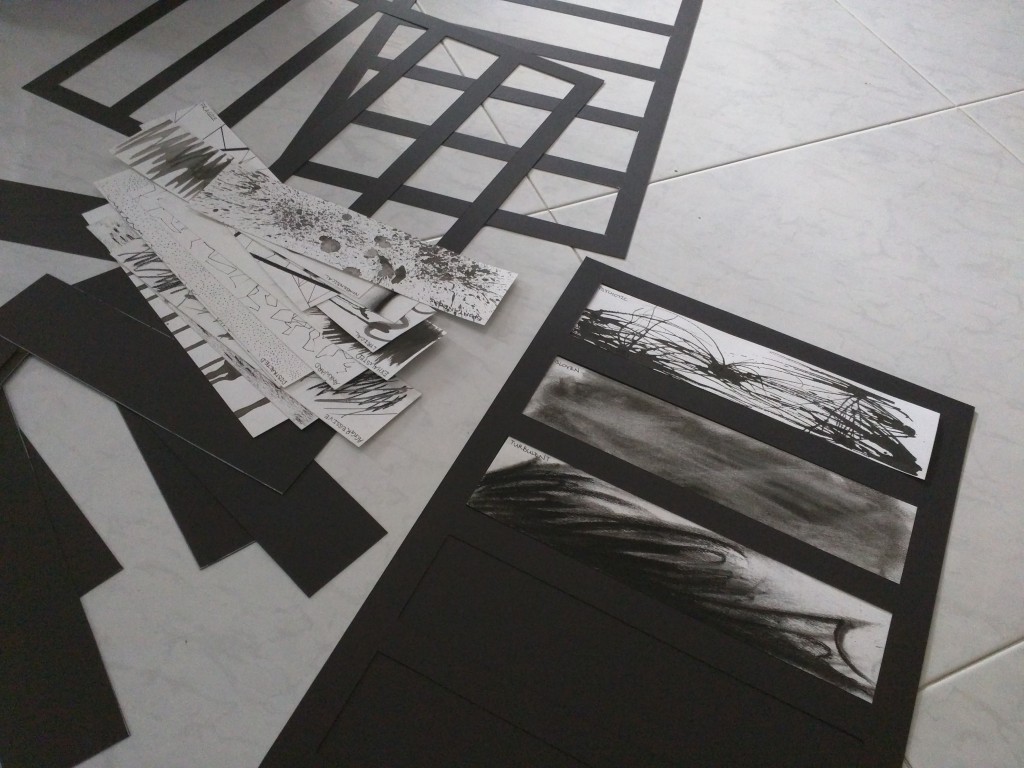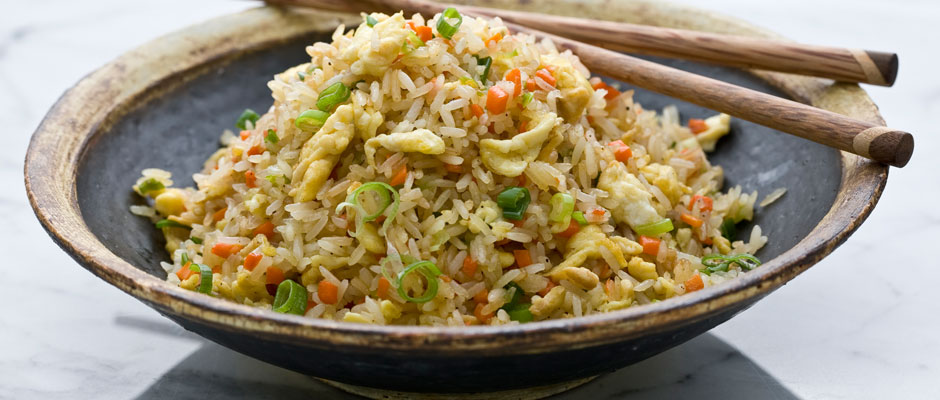FOUNDATION 2D PROJECT 2: NURSERY RHYME
Before i start showcasing my exploration process and the final product, i would like to say that, during the course of this project, i have learnt a lot from this project. For a person with no prior background in Photoshop/ illustrator as well as the lack of experience in designs, this project has allowed me to step out of my comfort zone and expand my knowledge on digital art. After near 4 weeks of learning and practicing the us of the software, i was able to create the designs that i wanted at the back of my mind. There are still some rough edges that i have to work on but nonetheless, I am really proud of my work and i am satisfied with the final outcome.
My approach for this project is very different from project 1, where i spent a lot more time on the experimentation. For this assignment, i went with a trial-and-error approach. I would try playing with the different images that are available from the image bank on dropbox. Once i have found a composition that i think there is room for exploration, i would then work with it by adjusting the various elements in terms of positions and scale, followed by introducing of background and textures.
Originally, my compositions are pretty much literal and i was trying to produce designs that actually convey the rhyme i am doing. However, after consultation, i realized that we are free to explore our own interpretation of the rhyme and hence the definition of the rhyme becomes loose. What i did was to capture interesting certain keywords found in any line of the rhyme and make the design look slightly bizarre, hopefully able to capture viewer’s attention.
Without further ado, let’s get started! …
THE BAD AND THE UGLY

This was the first design i came up with for the line “there was an old woman who lived in a shoe”. As you can see from the example above, the design was rather literal, flat and there was a lack in background and textures. The way i composed this image was to have the shoe off proportion, bigger than that of everything else ( the shoe is like the size of an actual house). I placed in at the top right corner to give an impression of depth. The bed, the lady and the ducklings are all placed at the bottom to represent foreground. The proportions relatively to one another are roughly what we would expect in the real world. All in all, the design was boring there is nothing much going on to hook viewers attention.

My next design, i tried working on the exact same line and i took the literal approach as well. The differences this time is that i tried to compose my design in the center this time and the proportions are a little exaggerated. Also, the images i used for the design has a different texture individually. However, i stopped working on this design at this point because i did not like the design. It lacks rhythm as well as unity.

For the last experiment in this initial stage, i took a step back from composing an actual design to try experiment with interesting characters. My idea was to substitute the idea of ‘an old lady’ with perhaps an animal or an inanimate object with certain characteristics of an old lady. Basically, it is personification at work. For this particular image, i chose a grumpy cat as the character. It has the emotion that is synonymous to my perception of a grumpy old lady. And to make it more convincing, i added a few other elements to create that visual of an old lady. I placed a round glasses ( white circular lines) just above the nose, as well as those hair curlers around the head. I feel that there was a kind of unity between these elements in terms of the style and contrast, hence i decide to keep this for my next experiment.
These 3 images that you just saw are the few designs that i started off with. As mentioned, it was quite literal and rather boring after reviewing it. However, I took this time to get myself familiar with Photoshop as well as illustrator.
THE EXPERIMENT
After getting a hang of working with Photoshop and the different functions, my step is to explore the possibilities of creating designs that engage with viewers. For the images that you are about to see below, the designs are slightly more complex than the initial images because i incorporated more principles of design into each of the compositions.

This particular design was inspired by the line ‘She had so many children, she didn’t know what to do’. I represented the children with kittens so that in create a contrast from the old lady. To bring forth the idea of ‘too many children’ i duplicated the cats to fill the entire frame around the lady. On top of that, i varied the sizes of the cats and their orientations as well. This help creates a more dynamic and interesting design through the use of rhythm and proportions. However, due to the nature of these images, the tonal scheme lacks a contrast and may be a little confusing and somewhat distracting.
 This was a variation of the previous image. Using the grumpy old cat that i have created during the 1st stage, i placed it off center so as to show an intentional imbalance of elements. Also, using the same idea of duplicating the cats, i have created question marks out of the tessellation of the kittens, which would symbolize the idea of having too many children and not knowing what to do. lastly, i created a backdrop out of the kitten paw prints. What i did was to arrange many paw prints in random direction but with a slight flow in it. i then duplicated the backdrop and have it offset on top of the bottom layer to create this’ blurred/ distorted’ look.
This was a variation of the previous image. Using the grumpy old cat that i have created during the 1st stage, i placed it off center so as to show an intentional imbalance of elements. Also, using the same idea of duplicating the cats, i have created question marks out of the tessellation of the kittens, which would symbolize the idea of having too many children and not knowing what to do. lastly, i created a backdrop out of the kitten paw prints. What i did was to arrange many paw prints in random direction but with a slight flow in it. i then duplicated the backdrop and have it offset on top of the bottom layer to create this’ blurred/ distorted’ look.

This design follows the same line but it was a whole different approach. I started by filling the background with a textured spiral. This helps in providing a variation in textures as well as a natural rhythm to my composition. The other elements that i have included are babies that represent the children as well as a hand that is reaching out of the page to represent the old lady. The way i composed this image follows largely on the principle of rhythm and proportions. I arranged the babies in a way that in spirals out from the center of the spiral and slowly increases in size. It creates an illusion that the babies are travelling out of the page in a spiral.

For the next few designs, they all follows the same line of “All the king’s horses and all the king’s men”. For this line, because there is a strong emphasis of scale and quantity, the approach was very similar across all the compositions, which is to create symmetrical, balanced compositions with repetition of elements. The first design was inspired the kings crown. I chose the crown as the base image and have the elements form the outline of the crown. The King is placed dead center and is bigger than all the elements in the composition to emphasize hierarchy. Followed by the soldiers, the horses and then a brick wall at the bottom. I like the design for the idea as well as the repetition of elements that gives some kind of texture that is similar to an actual crown. However, there was a lack in unity among the different elements and the vast amount of space surrounding the crown makes the design very flat.


For images 2 and 3 of the series, I tried experimenting with negative effect to create a different visual. Design 2 was largely inspired by poker cards with the inverted mirror image going on as well as repetition of elements. I opted for such a look as it gives an illusion of balance and symmetry even when there isn’t any line of symmetry. Design 3 was just an experiment which i stopped working on halfway because the idea i had in mind did not come out as expected. there was clearly a lack in all the principles of design, making it more of a still image rather than a design.
At this stage, i tried to incorporate the principles of design into my own work. Fun fact: i realized that i have a tendency to go designs that shows rhythm and emphasis after completing and reviewing my work but i guess it is consistent and it helps to have the 4 final work looking coherent beside one another.
THE FINAL ONES
And here are my final designs that i have reworked based on the selected 4 compositions that i like. Hope you guys enjoyed my works, looking forward to see the masterpieces done by the rest of the class. Till the next project that comes, cheers!




